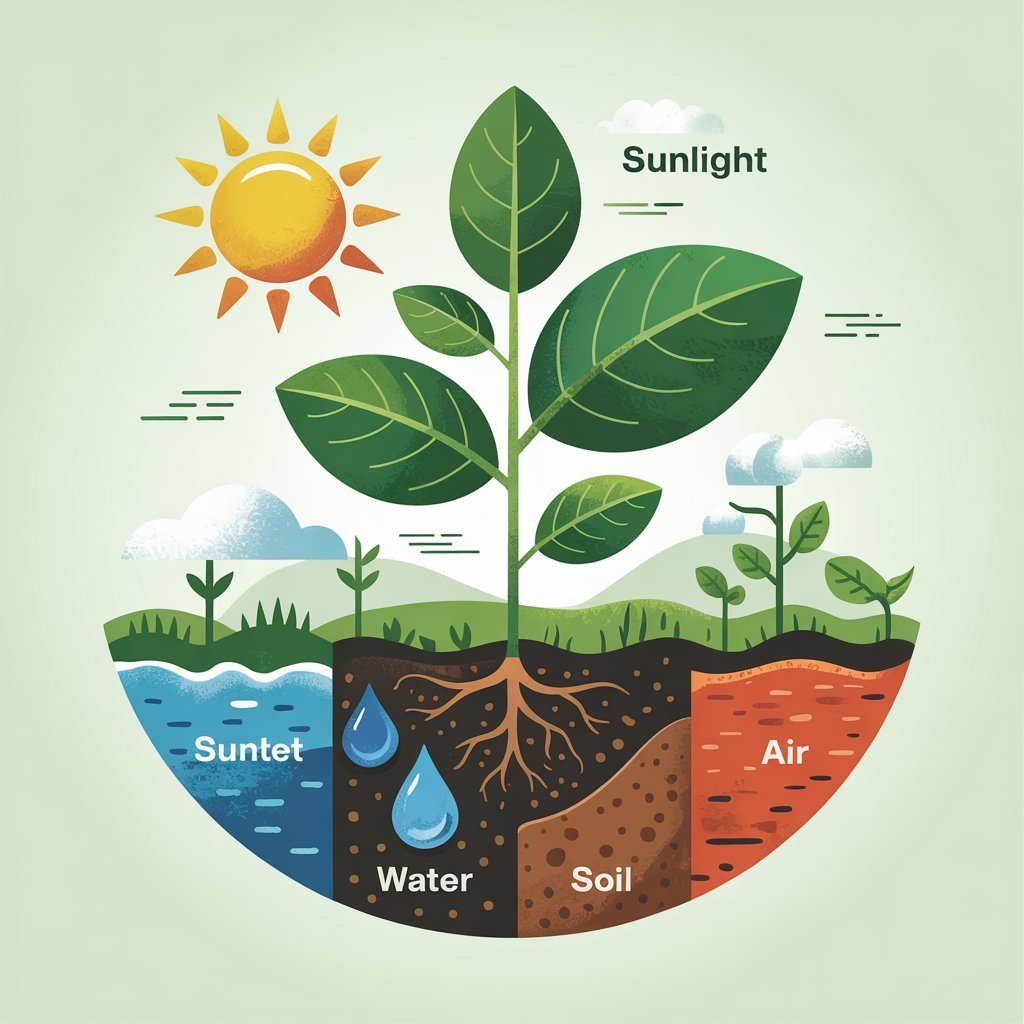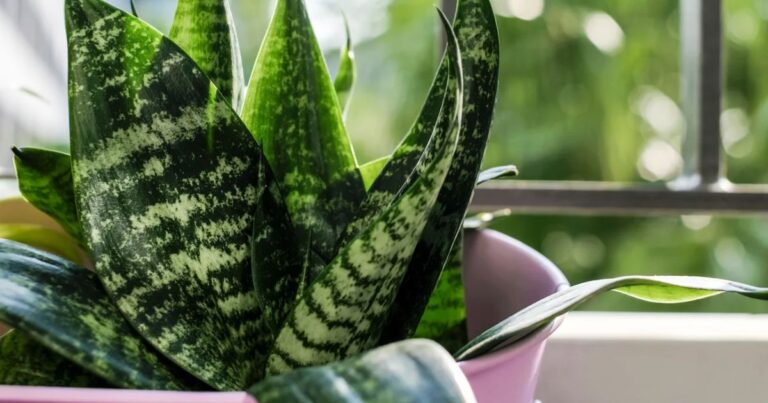The Four Pillars of Plant Growth By NS
With decades of hands-on experience and recognized expertise in horticulture, I have dedicated my career to studying the intricate relationships between plants and their environments. This article draws on years of practical research and real-world gardening to provide you with reliable insights into creating optimal growing conditions.
Indeed, plants are one of the most amazing existing organisms as they transform sunlight, water, and nutrients into the life of this earth. Be it a home gardener, an agricultural professional, or just someone interested in plant biology, four critical environmental conditions are essential to grow healthy and flourishing plants.
Considered to be highly remarkable living things, plants convert sunlight, water, and nutrients into the life of Earth. Whether you’re tending a home garden, managing a farm, or exploring plant biology, my extensive field experience assures that understanding these four major environmental conditions is key to nurturing healthy, green plant life.
Every organism—from the smallest moss to the tallest redwood—requires particular environmental conditions to survive and flourish. These conditions exist in a delicate balance that sustains the health, growth rate, reproductive ability, and overall vigor of plants. This comprehensive knowledge helps optimize plant growth in gardens, on farms, in greenhouses, and even in the wild.
The Four Essential Environmental Conditions for Plant Growth
1. Sunlight: The Energy Source of Life
Photosynthesis—the miracle by which plants convert light energy into chemical energy—is chiefly driven by sunlight. Drawing on years of scientific study, I can confidently say that managing light exposure is fundamental for robust plant growth. Different plants require various light intensities, but all depend on this one vital environmental condition.
Types of Light Requirements:
- Full Sun: More than 6 hours of direct sunlight per day.
- Partial Sun: Between 3-6 hours of direct sunlight daily.
- Full Shade: Less than 3 hours of direct sunlight.
Key Photosynthesis Facts: Overly intense light may scorch leaves and stress plants, while inadequate light limits growth.
Optimizing Sunlight Exposure:
- Research the specific light needs of each plant species.
- Use shade fabrics or strategic placement to modulate light incidence.
- Rotate container plants for even light distribution.
2. Water: The Core of Survival for Plants
Water not only provides essential moisture but also facilitates the transportation of nutrients and minerals, as well as biochemical processes within the plant. Based on my extensive experience in both gardening and large-scale agriculture, effective water management is paramount for healthy plant development.
Water’s Critical Roles:
- Transports nutrients within plant tissues.
- Regulates plant temperature through transpiration.
- Supports cell structure and photosynthesis.
- Aids in various metabolic processes.
Watering Best Practices:
- Assess each plant’s water requirements.
- Check soil moisture before watering.
- Use well-draining soil mixes.
- Establish a consistent watering schedule.
Signs of Improper Watering:
- Overwatering: Yellow leaves, root rot, and fungal growth.
- Underwatering: Wilting, crispy leaves, and stunted growth.
3. Temperature: Balancing Thermal Conditions
Temperature influences every aspect of plant growth, including germination, flowering, and fruit production. In my professional journey, I have witnessed firsthand how proper temperature management can transform plant growth and productivity. Every plant species has an optimum temperature range for maximum growth.
Temperature’s Impact on Plant Processes:
- Germination and seedling development.
- Expansion of leaf area for photosynthesis.
- Enzyme activities and metabolic rates.
- Reproductive cycles.
Temperature Zones:
- Tropical Plants: Thrive between 65-85°F (18-29°C).
- Temperate Plants: Prefer 55-75°F (13-24°C).
- Cold-Hardy Plants: Can survive temperatures as low as 32°F (0°C) and below.
Managing Temperature Stress:
- Utilize greenhouses or cold frames.
- Employ mulching techniques to stabilize soil temperature.
- Provide shade during periods of extreme heat.
- Use covers or protective measures during winter.
4. Soil Nutrients: The Foundation of Plant Health
Soil nutrients are the cornerstone of robust plant growth. My expertise in soil science underscores the importance of balanced nutrients in building resilient plant systems. Proper soil management ensures that plants receive the essential building blocks for growth and vitality.
Key Nutrient Categories:
Macronutrients:
- Nitrogen: Promotes leaf and stem growth.
- Phosphorous: Supports root development and flowering.
- Potassium (K): Enhances quality and disease resistance.
Micronutrients:
- Iron, Zinc, Manganese: Crucial for enzyme functions.
- Boron, Copper: Support various metabolic processes.

Soil Health Strategies:
- Maintain the proper soil pH (ideally around 6.0-7.0).
- Incorporate compost and organic matter.
- Use both organic and chemical fertilizers as needed.
- Conduct regular soil tests to monitor pH and nutrient levels.
- Practice crop rotation to preserve soil vitality.
Conclusion
The balance of these four environmental factors—sunlight, water, temperature, and soil nutrients—creates an ideal setting for plant growth. As an experienced horticulturist, I confidently assert that integrating these strategies, backed by rigorous research and practical experience, will cultivate resilient and vibrant plants. Each factor interacts with the others, necessitating constant monitoring and adjustment. Embrace a holistic and patient approach to plant care, and your efforts will transform your garden or farm into a thriving ecosystem.
FAQ
Can plants withstand just three of these conditions?
While plants might survive temporarily with only three conditions met, all four are essential for long-term health and optimal growth.
How often should I conduct soil tests?
Annual soil tests or tests during major planting events are typically sufficient.
Are indoor plants managed differently?
Yes, indoor plants often require more meticulous management of environmental conditions to thrive.







